
MoodleMoot Australia 2024
Get Ready for the Learning Experience of the Year: Lingel Learning at MoodleMoot Australia 2024!
Lingel Learning is thrilled to announce our participation in MoodleMoot Melbourne, Australia 26-27 November! This year’s event, set to take place in vibrant Melbourne, promises an engaging lineup of sessions, workshops, and networking opportunities for anyone passionate about online learning and Moodle’s latest innovations.
At MoodleMoot Australia, you’ll experience hands-on sessions and in-depth discussions on maximizing the power of Moodle to elevate learning. Whether you’re a teacher, admin, or developer, the Moot is a chance to explore new strategies, discover solutions to common challenges, and get inspired by the latest advancements in e-learning.

Our team at Lingel Learning is excited to connect with fellow educators, share insights, and showcase how our customized solutions are empowering organizations to deliver exceptional learning experiences. Don’t miss the opportunity to expand your Moodle expertise and take away actionable insights that will impact your learning programs.
We can’t wait to see you there! Follow us for updates and be sure to stop by and say hello. Let’s make MoodleMoot Australia 2024 an unforgettable event!


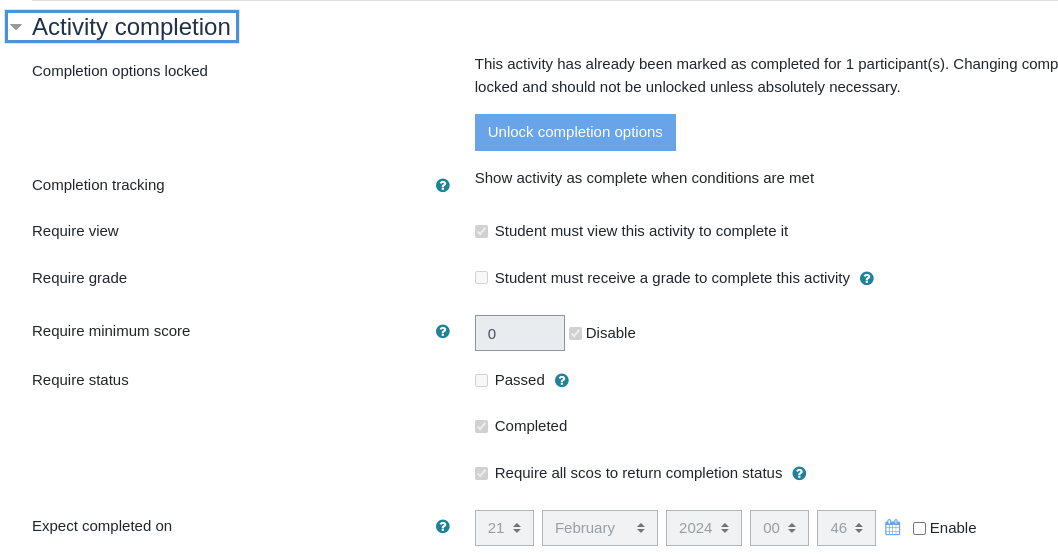







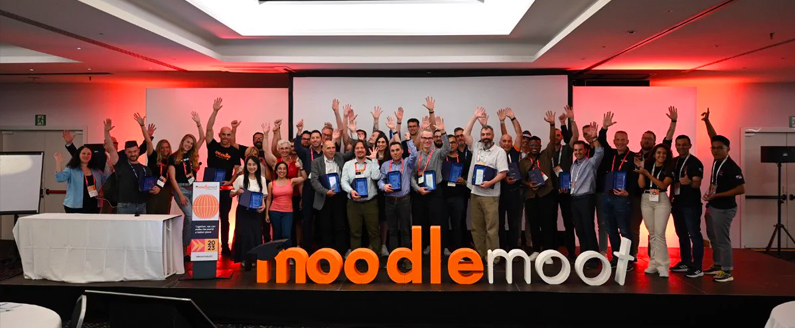

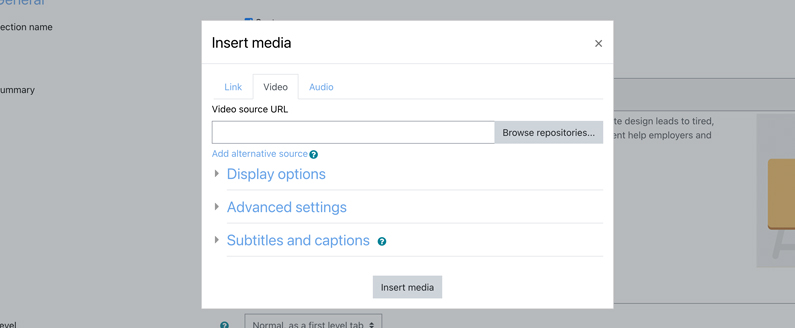
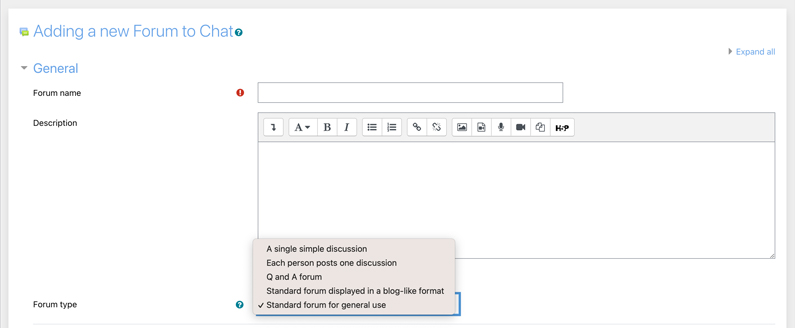
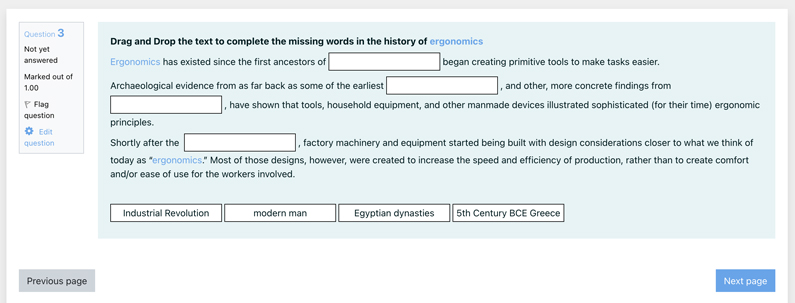
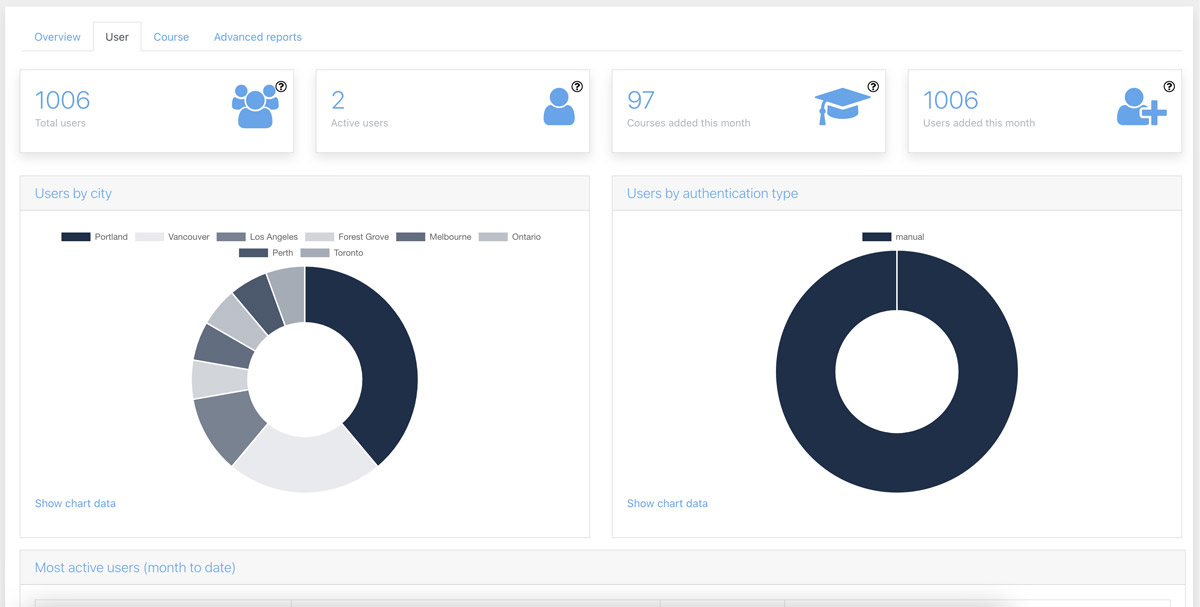

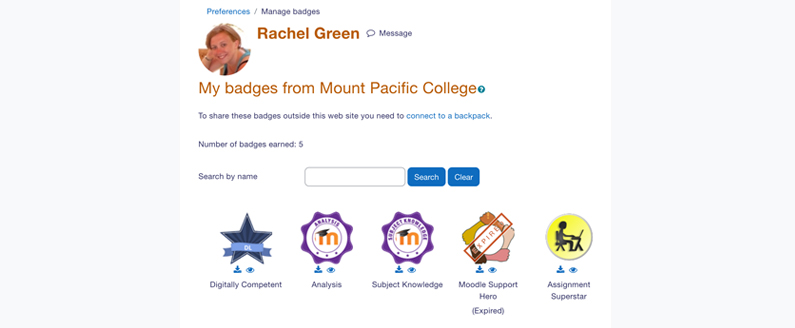
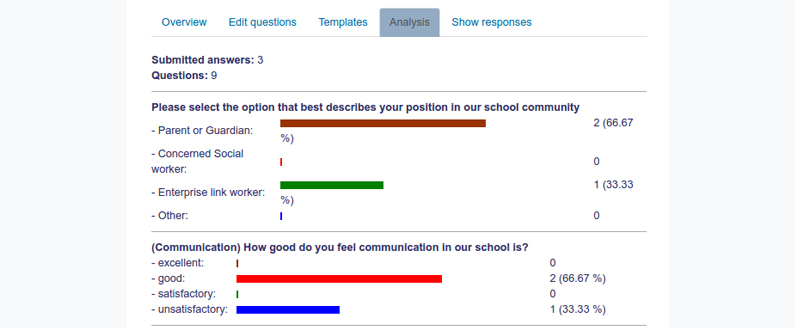


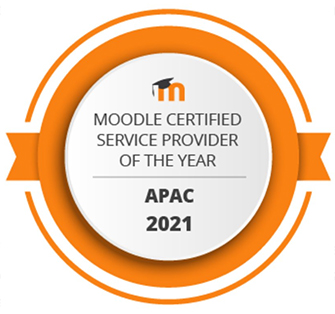

Recent Comments